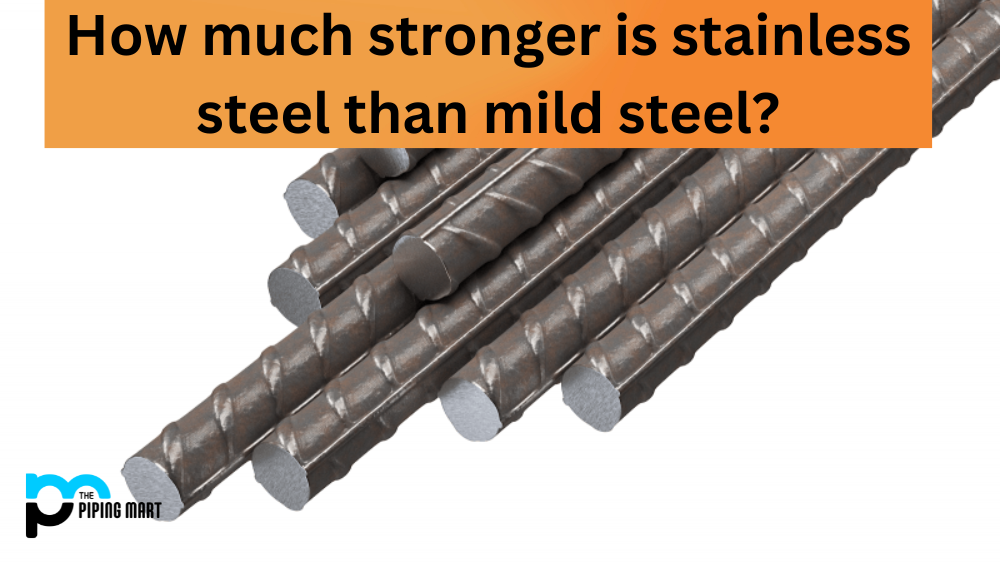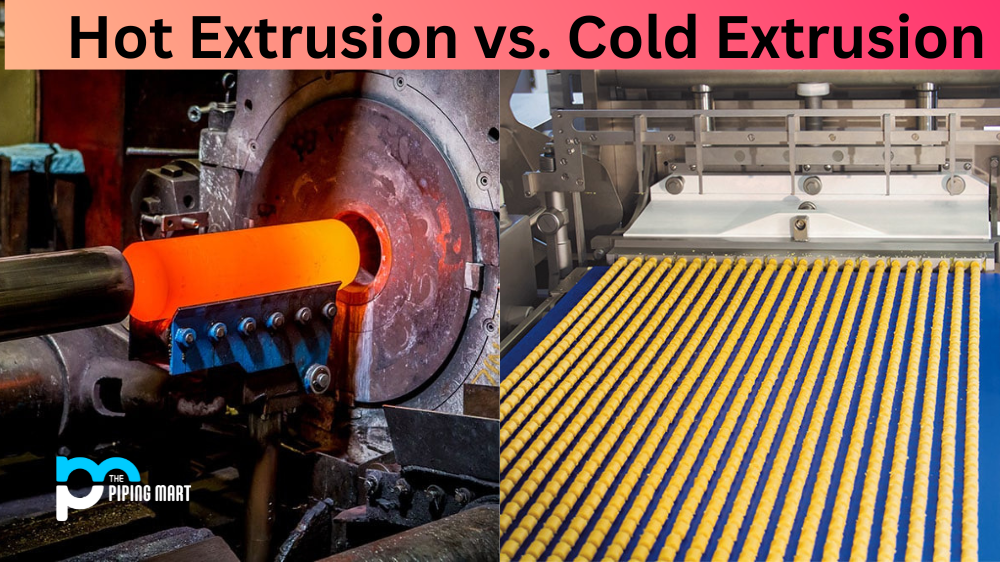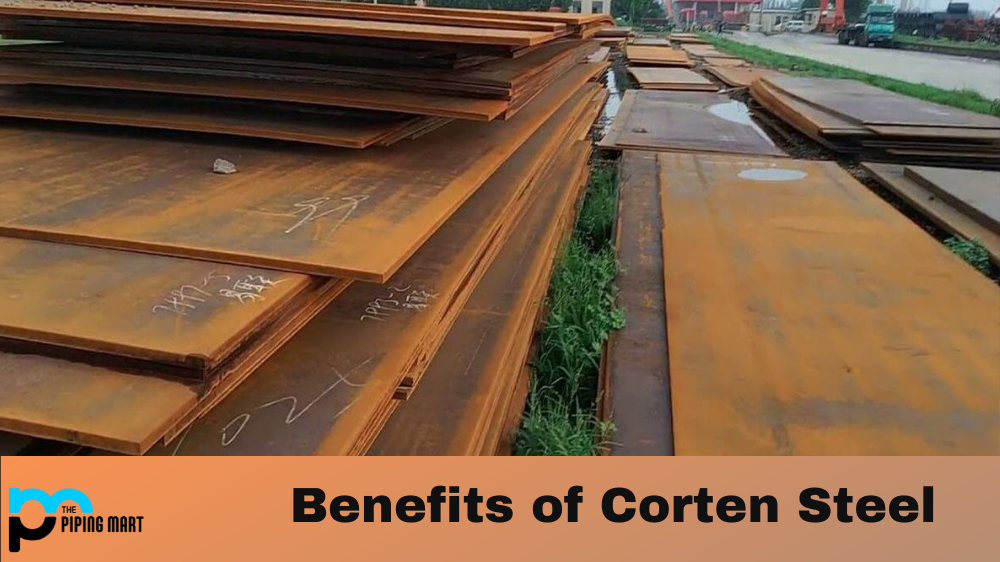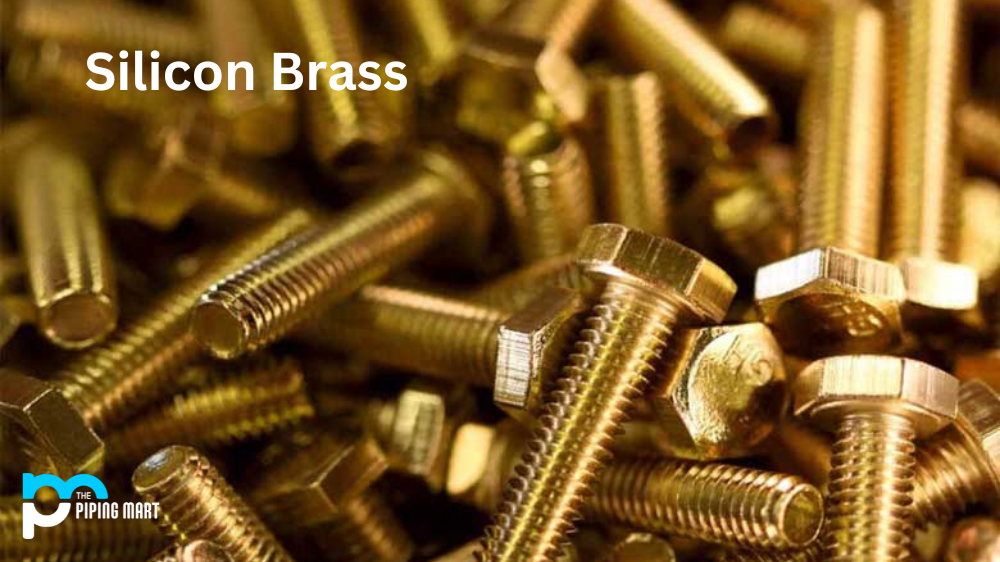Have you ever wondered how strong stainless steel is in comparison to mild steel? If you are considering using either type of steel for a construction or engineering project, it’s important to understand the differences between the two types of metal. This blog post will discuss the strength and durability that each type of steel offers.
Mild Steel Composition
Mild steel is an alloy made up mostly of iron with small amounts of carbon, manganese, and other trace elements. It has a relatively low tensile strength compared to other types of steel, usually ranging from 270MPa to 500MPa. Mild steel is known for its ductility and malleability—it can be easily cut, shaped, and welded into different forms. Because it’s inexpensive compared to other metals, mild steel is often used in construction projects such as bridges, buildings and automobiles.
Stainless Steel Composition
Stainless Steel is an alloy made up mostly of iron, chromium, nickel, silicon and manganese. It has a higher tensile strength than mild steel—usually around 800MPa—and can also withstand higher temperatures than mild steel (over 600 degrees Celsius). Stainless Steel is resistant to corrosion due to its chromium content which creates an invisible film on its surface that protects it from rusting. For these reasons, it’s commonly used in kitchen appliances such as sinks and cookware, medical applications such as surgical instruments and implants, and industrial applications such as food processing equipment or chemical tanks.
Comparing the Two Types of Steel
It’s clear that stainless steel is much stronger than mild steel when taking into consideration the tensile strength alone—800MPa versus 270-500MPa, respectively. However, when comparing their other properties, such as corrosion resistance or temperature resistance then, stainless steel comes out on top yet again; it has superior corrosion resistance due to its chromium content which prevents rusting while also being able to withstand higher temperatures without becoming damaged or deformed. As a result of this increased strength and durability, stainless steels are often more expensive than mild steels, but they are worth the extra cost if you need something that will last longer without needing replacement or repairs.
Conclusion:
In conclusion, there are many factors that come into play when comparing the strengths between mild steel and stainless steel, but one thing is certain – stainless steels offer superior strength compared to mild steels due to their higher tensile strength (800MPa) plus their added benefits like corrosion resistance, and temperature resistance makes them ideal for certain applications where long-term durability is required like kitchen appliances or industrial equipment. Ultimately whether you choose mild or stainless steel depends on your budget and what kind of performance you need from your materials, so make sure you weigh all options carefully before making your decision!

A passionate metal industry expert and blogger. With over 5 years of experience in the field, Palak brings a wealth of knowledge and insight to her writing. Whether discussing the latest trends in the metal industry or sharing tips, she is dedicated to helping others succeed in the metal industry.




